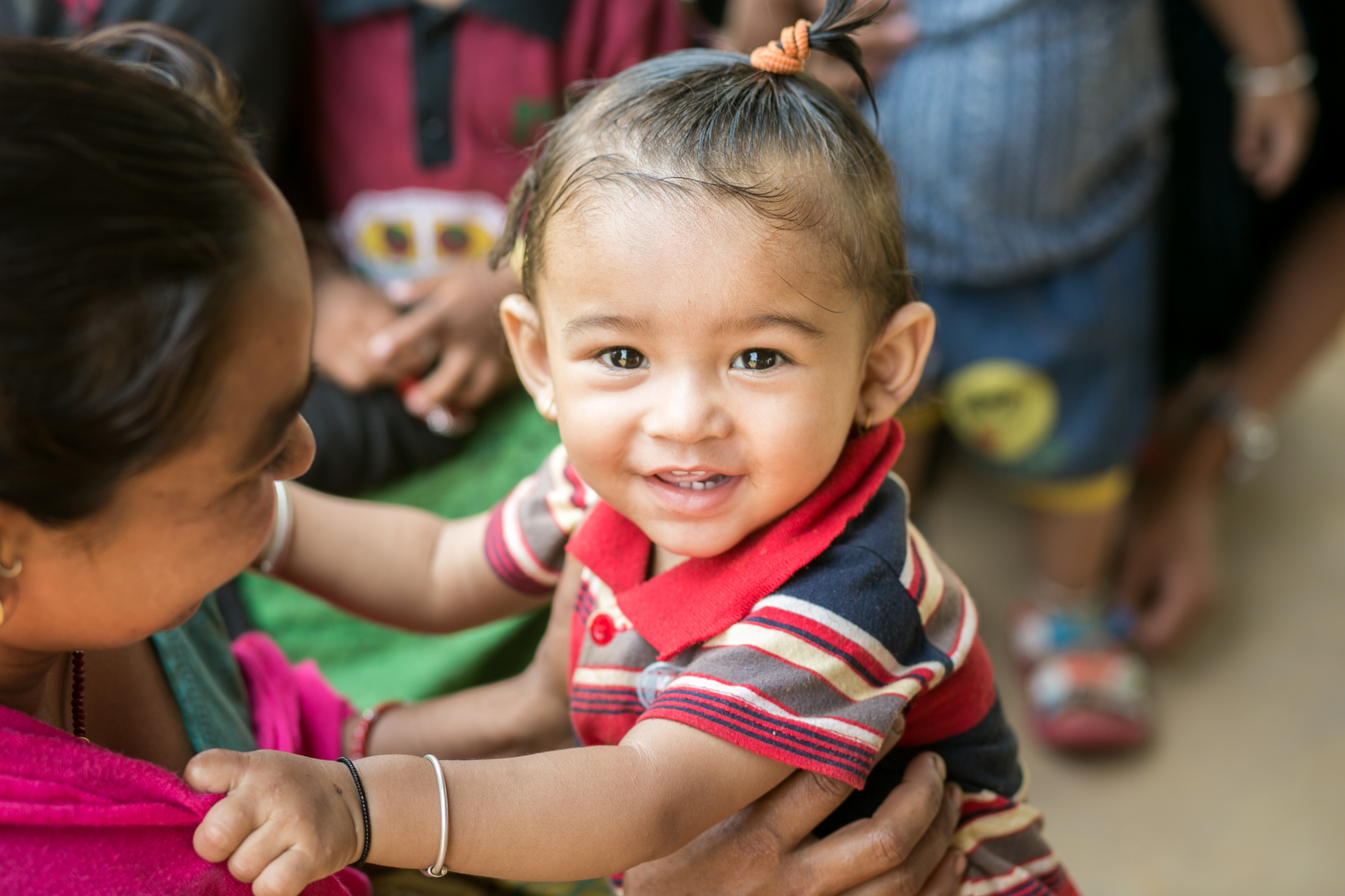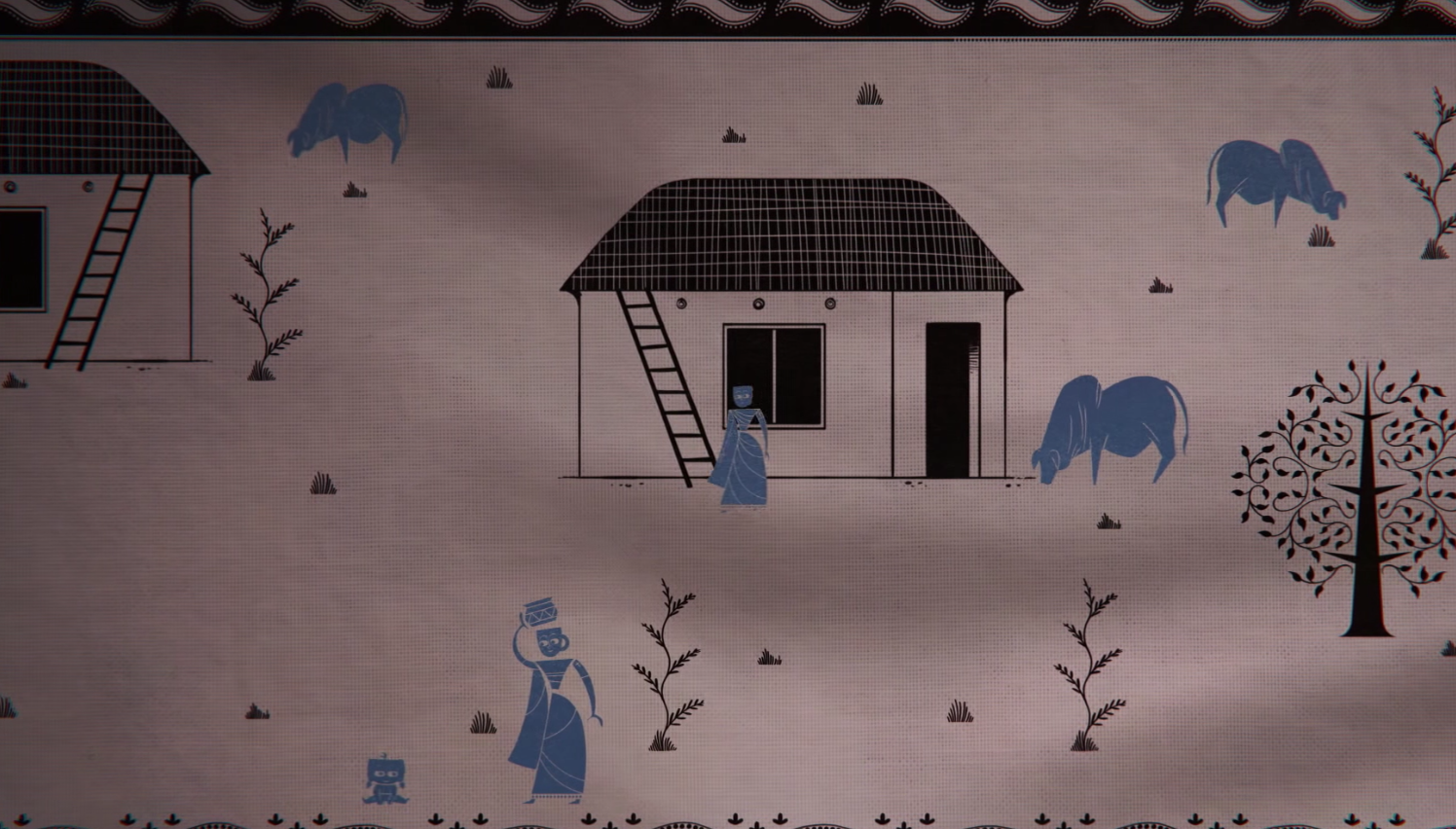No time like the present: tackling enteric diseases through integration
|

As many of you know, here at the Bill & Melinda Gates Foundation, we are passionate about child health. We have been encouraged by progress that has been achieved in recent decades: since 1990, the percentage of children who die before age five has been cut in half, primarily through access to better vaccines and treatment in low and middle income countries. However, 50% is not a passing grade. Being an organization of overachievers, we still see much work to do and recognize the great potential to reach more children with proven solutions, as well as new innovations in both tools and delivery systems.
More specifically, we are passionate about ways to protect against enteric illnesses, which disproportionately impact young children. Enteric illnesses, which include diarrheal diseases, refer to any disease caused by an intestinal infection. Enteric pathogens enter the body through the mouth – often from contaminated food or water, or from dirty hands that have picked up the pathogen. You’ve likely heard of many of the diarrheal enteric diseases we focus on: rotavirus, Shigella, ETEC, and cholera. Similarly, you’ve likely heard of many of the non-diarrheal enteric diseases, too: polio and typhoid.
Although these diseases may cause different symptoms, they are spread in very similar ways and are therefore prevented in similar ways.
One of the great things about child health – and enteric diseases in particular – is that we know how to prevent and treat. We have proven solutions at our finger tips. Access to clean water, adequate sanitation, and improved hygiene are key to preventing infections; keeping pathogens out of water and away from food can drastically reduce the likelihood of illness. Similarly, vaccines, a best buy for global health, are available for many enteric pathogens, including rotavirus and polio. And we are hopeful that a new typhoid conjugate vaccine, more suitable for young children and inclusion in routine immunization programs is on the horizon. In the near-term, a typhoid conjugate vaccine, could make a huge impact on disease burden and bacterial transmission, while we wait for the achievement of the long-term gains realized through WASH interventions and infrastructure improvements. An integrated approach - WASH and vaccines - is the most comprehensive way to keep children protected from harmful – and potentially deadly – pathogens.
Personally, I am passionate about increasing global attention to typhoid, an enteric infection that affects nearly 12 million people each year. Through a joint collaboration between the Coalition against Typhoid and the Typhoid Vaccine Acceleration Consortium (TyVAC), Take on Typhoid is a new movement to work across diverse sectors to improve access to solutions that will overcome typhoid – vaccines and WASH. The Take on Typhoid website has advocacy tools, data, and relevant information to help you – and your organization – promote integrated typhoid prevention and control solutions. Whether you’re an advocate, researcher, doctor, or program manager, I encourage you to visit the website, connect on Facebook and Twitter, and join the movement.
Enteric illnesses do not infect in siloes, and our solutions don’t work in siloes either. If we are to continue the progress in child health, we must focus on integrated solutions that tackle many diseases and work across sectors. WASH plus vaccines, a global best practice and recommendation, is the way of the future. If you’re tackling diarrheal disease or typhoid, take advantage of the available resources – and – take action. There has never been a better time to prioritize our world’s children. Here’s to defeating diarrheal diseases, taking on typhoid, and creating a healthier world for everyone’s future.











